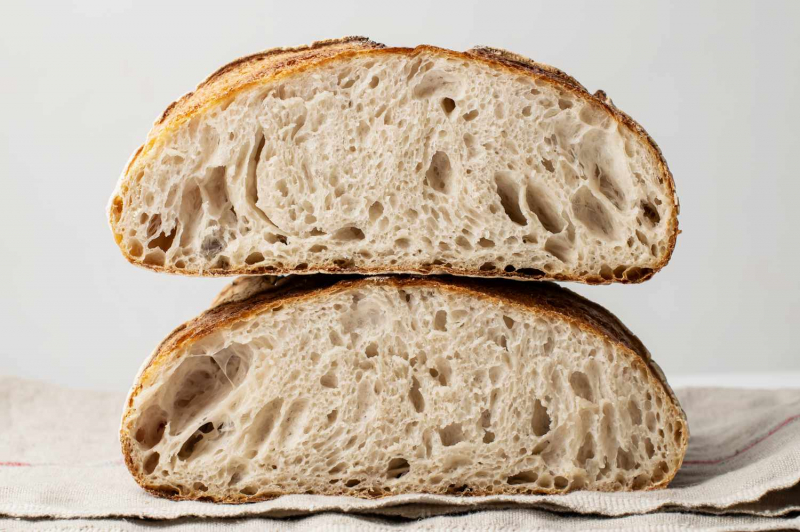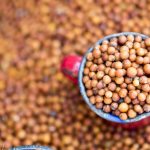Tangy and Chewy, These Breads Have It All
Sourdough is having a moment. The funky, slightly sour bread that used to exist solely in the realms of hippie enclaves and in a fermenting jar on your grandmother's kitchen counter, has hit the mainstream. Now you can find sourdough not only in the best bakeries, but in most grocery stores. When you're ready to dip your toes into sourdough yourself, start with some of these user-friendly recipes, variations, and tips below.

-
Basic Sourdough Starter
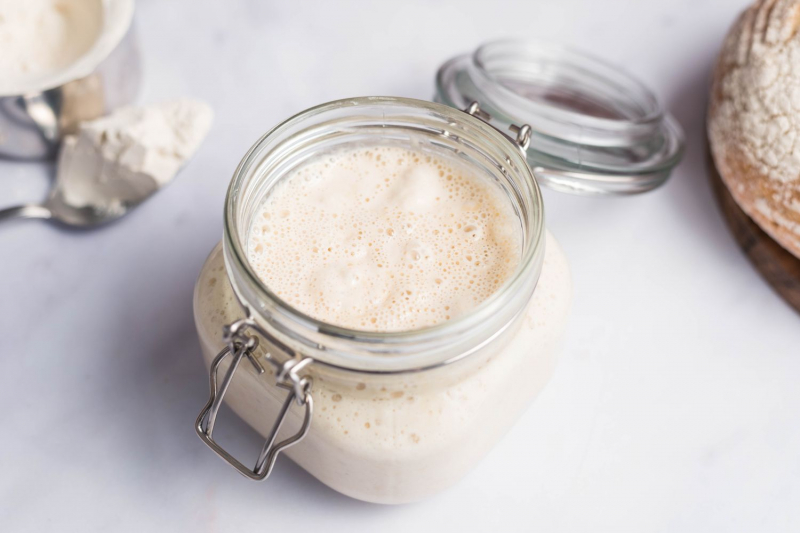
Sometimes called “friendship bread” because the starter grows so much that you can share it with your friends, sourdough starter is easier than you might think. This recipe will get yours going with just a few ingredients, most of which you may have on hand already.
-
Rye Sourdough Bread
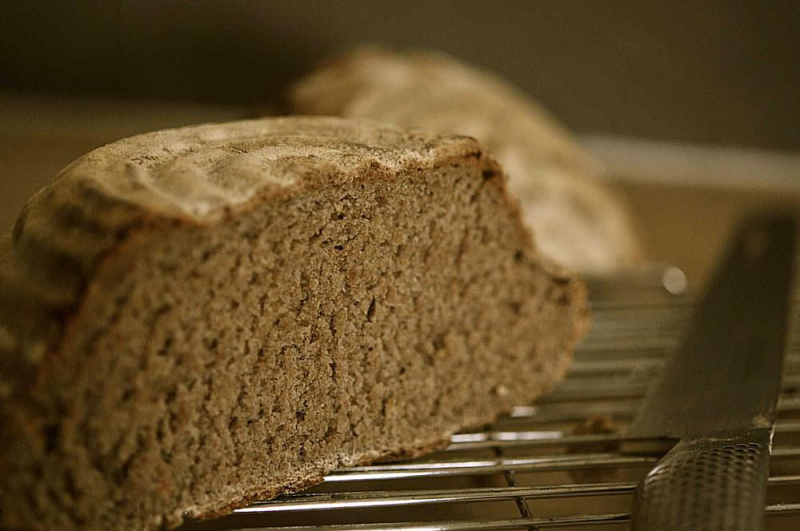
Using rye flour instead of regular all-purpose flour gives this hearty loaf a denser texture and nuttier flavor. It requires a sourdough starter, so it does take some time, but the result will be well worth it. This fragrant, chewy bread tastes especially great toasted with good-quality butter.
-
Russian Dark Rye Sourdough
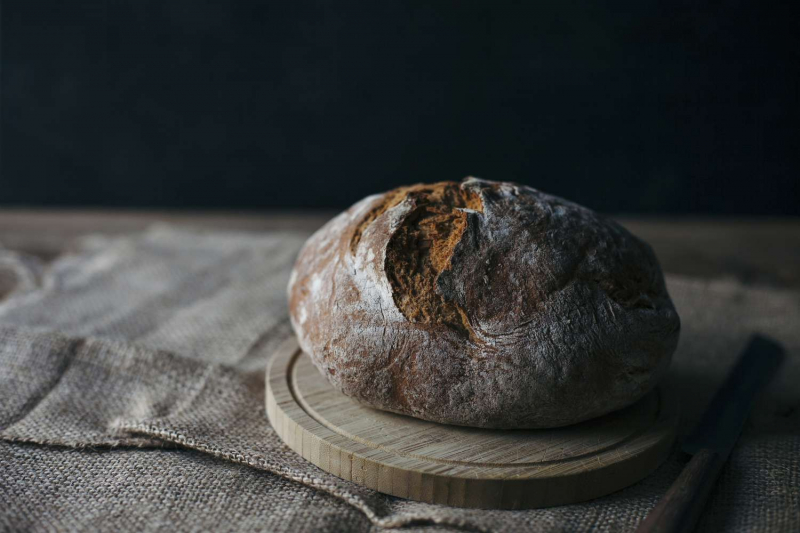
Make this dark rye sourdough from Russia to accompany a rich soup, as a grilled cheese, or a base for pickled herring or other spreads. It can hold up to a heavy meal and will give any spread an Eastern European flare. The rye sour base does need four to five days to cure, so this makes a great project to teach kids about fermentation.
-
Sourdough Beer Bread
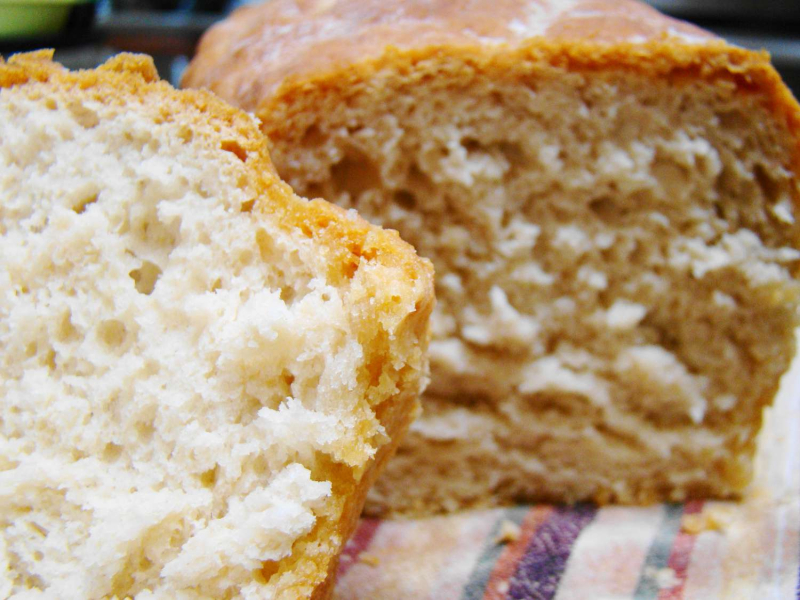
Just four ingredients stand between you and this yeasty, hop-scented bread. Beer and sourdough just make sense together, because yeast and hops are a match made in heaven. This recipe makes two loaves, so eat one now and pop the other in the freezer for future use.
Continue to 5 of 14 below
-
Sourdough Pancakes
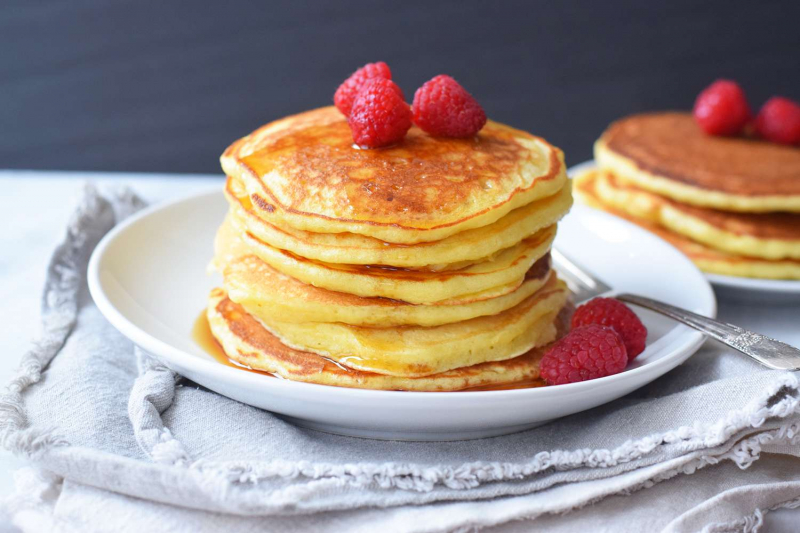
Let’s think beyond bread—these sourdough pancakes might just become your favorite go-to sourdough recipe. They offer just the right mix of sweetness and tang, all with a tender, chewy bite. They require overnight prep, but the final product is well worth it. After you try this recipe, we’re betting you’ll add it to your stable of favorites.
-
German Dinkelbrot Spelt Sourdough Bread
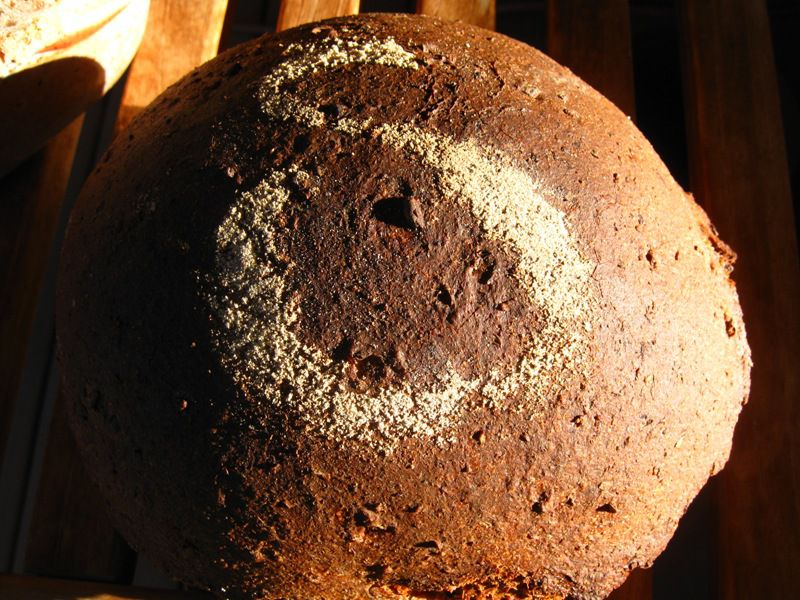
Don’t get intimidated by the multiple steps in this dinkelbrot, or spelt, rye, and sourdough bread recipe. It comes out nutty and light with a unique, hearty texture from spelt flour, an ancient grain that some say digests easier than wheat. It does take two days to make, so set aside some time for the project.
-
Rye Pumpernickel Bread
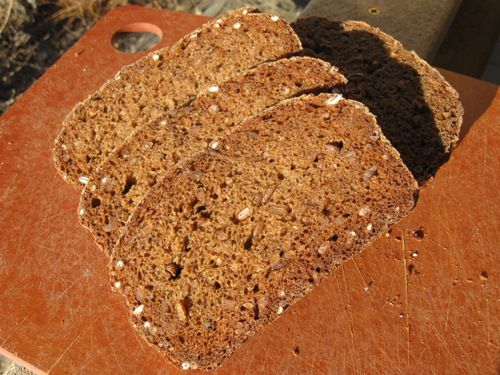
Pumpernickel bread hails from the Northwest of Germany, where it originally came from rye berries and flour soaked and simmered then baked for 24 hours. This recipe results in that dark, toasty color and slightly sweet, umami flavor even though it has almost no added sugar.
-
Whole Wheat Sourdough
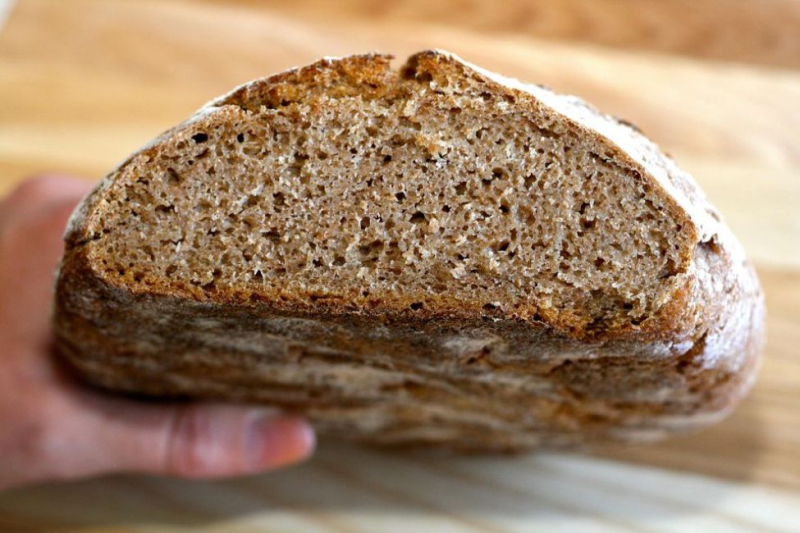
Traditionally, this country bread or landbrot was made in a communal oven and loaves were big enough to last at least a week, or until the next baking day. This one uses a levain or overnight culture, as well as both whole wheat and white flour for a heartier texture than white sourdough.
Continue to 9 of 14 below
-
Potato Flake Sourdough
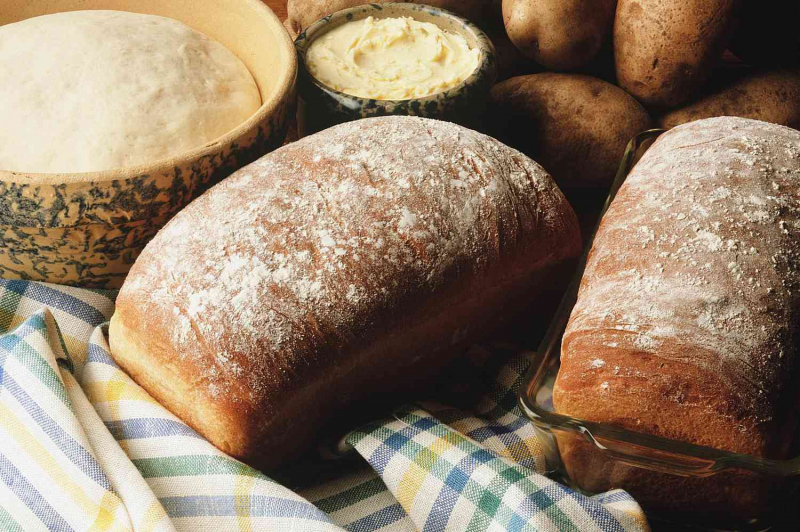
This variation of a Friendship bread sourdough starter uses potato flakes as part of the base. It can go on pretty much indefinitely, as long as you remember to feed it regularly. Never cover your starter with a tightly screwed-on lid though, because the starter off-gasses as it ferments, and a tightly sealed jar will explode and make a real mess. Opt for a starter container if you can.
-
Basic Sourdough Loaf

You’ve birthed and nurtured your starter. You’ve watched it bubbling away and started smelling that delicious, funky yeast. Now what? This easy tutorial will help you make your very first sourdough loaf.
-
Amish Sourdough Bread

This Amish sourdough bread, sometimes also called friendship bread, has a lovely yeasty, slightly sweet flavor and a tender texture. You can also use this recipe as a jumping-off point for other traditional sourdoughs, like Amish cinnamon bread.
-
Polish Rye Sourdough

When most people think of sourdough, a tangy white bread comes to mind. This Polish rye loaf uses rye flour instead of white, to give it a darker color and nuttier texture. Caraway seeds add extra crunch and that signature flavor. If you don’t have two days to let your starter mature, we’ve also included a shortcut.
Continue to 13 of 14 below
-
Rye Roggenbrot
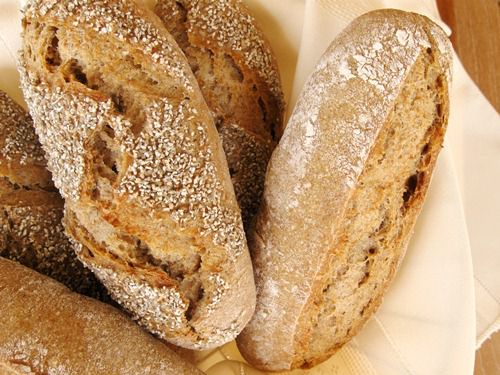
Using rye flour and malt powder to make this rye bread or roggenbrot gives it a more assertively sour flavor, due to the acetic and lactic acid that accumulates as it ferments. If you want to accentuate that element, make a rye sourdough starter. But if you have a wheat sourdough going already, that will work just fine.
-
European Black Bread
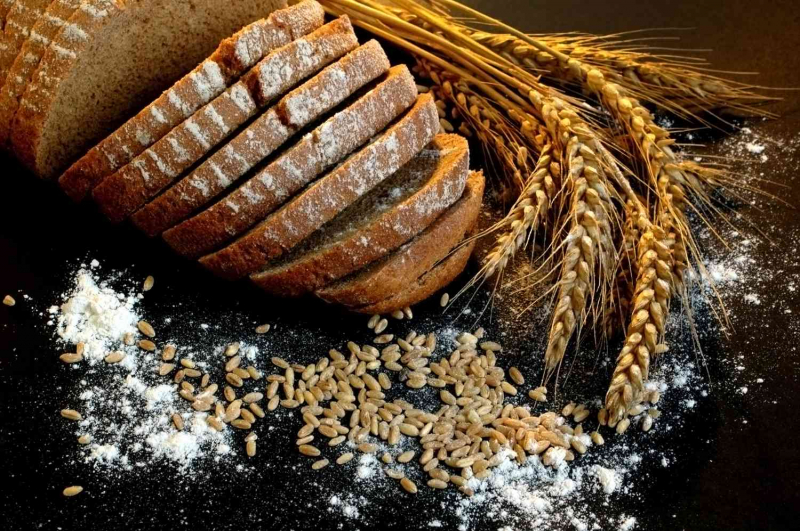
With a rye soaker made 24 hours ahead, a rye starter that takes 15 hours, and a sourdough starter that’s been going a week, this deep and rich bread takes some time. But trust us, the results are worth it. Baking it in a lidded Pullman pan keeps the bread from getting too dark.
